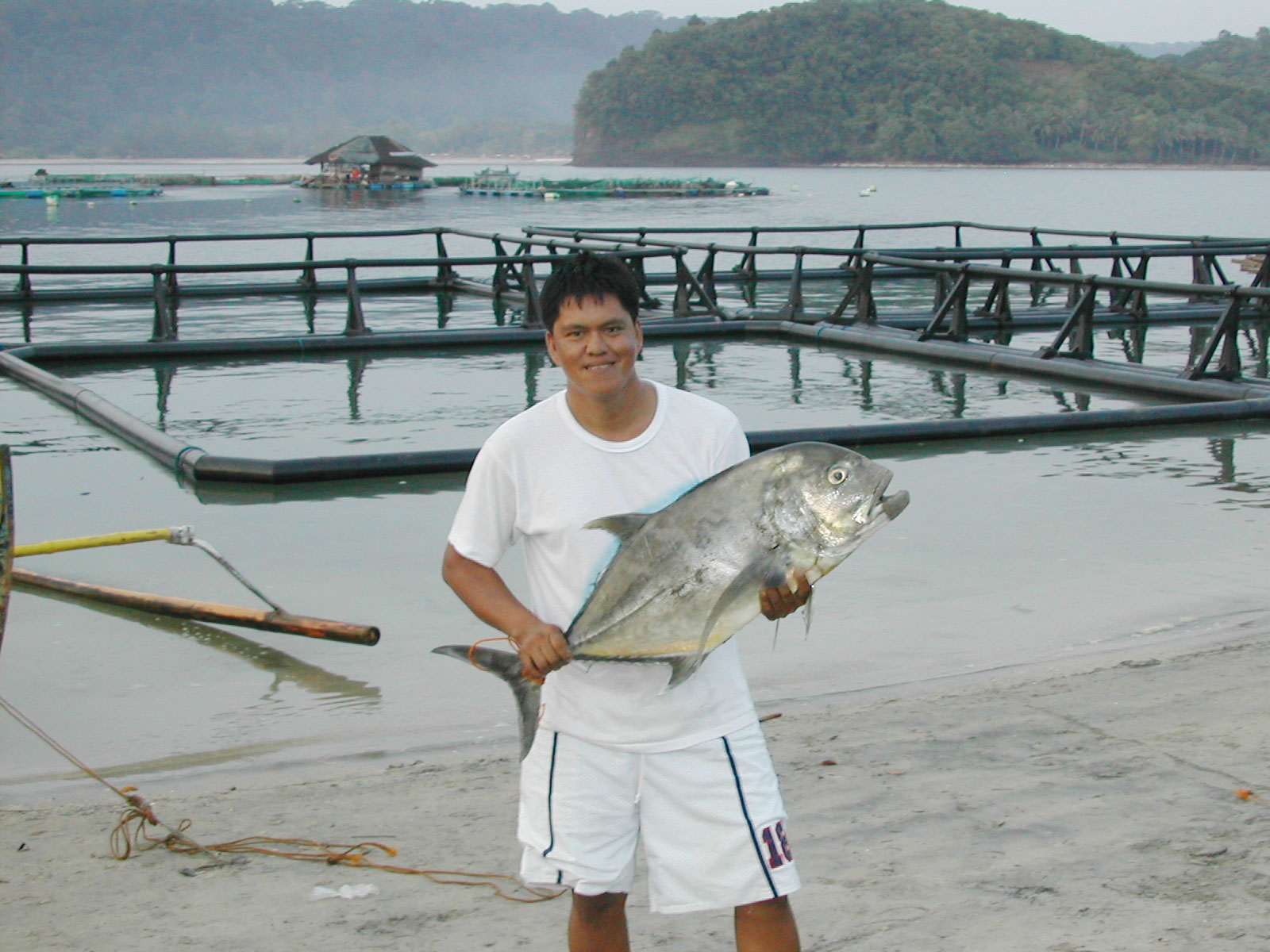Tips

Getting Aquaculture Growth Right: 5 Approaches
With the global wild fish catch stagnant and the human population increasing, aquaculture is here to stay. The world, therefore, needs to get its growth right—and ensure that fish farming contributes to a sustainable food future.
- Invest in technological innovation and transfer. Aquaculture is a young industry—decades behind that of livestock farming. Improvements in breeding technology, disease control, feeds and nutrition, and low-impact production systems are interlinked areas where science can complement traditional knowledge to improve efficiency. These sorts of innovations—whether led by farmers, research institutions, companies, or governments—have been behind productivity gains in every part of the world. For example, in Vietnam, a breakthrough in catfish breeding around the year 2000—complemented by widespread adoption of high-quality pelleted feed—unlocked a boom in production growth and intensification. Vietnamese catfish production grew from 50,000 tons in 2000 to more than 1 million tons in 2010, even though the country’s total catfish pond area only doubled during that time.
- Focus beyond the farm. Most aquaculture regulations and certification schemes focus at the individual farm level. But having many producers in the same area can lead to cumulative environmental impacts—such as water pollution or fish diseases—even if everyone is following the law. Spatial planning and zoning can ensure that aquaculture operations stay within the surrounding ecosystem’s carrying capacity and can also lessen conflicts over resource use. Norway’s zoning laws, for example, ensure that salmon producers are not overly concentrated in one area, reducing disease risk and helping mitigate environmental impacts.
- Shift incentives to reward sustainability. A variety of public and private policies can give farmers incentives to practice more sustainable aquaculture. For example, Thailand’s government has provided shrimp farmers operating legally in aquaculture zones with access to free training, water supply, and wastewater treatment. The government has also provided low-interest loans and tax exemptions to small-scale farmers—helping them adopt improved technology that increased productivity, reducing pressure to clear new land.
- Leverage the latest information technology. Advances in satellite and mapping technology, ecological modeling, open data, and connectivity mean that global-level monitoring and planning systems that encourage sustainable aquaculture development may now be possible. A platform integrating these technologies could help governments improve spatial planning and monitoring, help the industry plan for and demonstrate sustainability, and help civil society report success stories and hold industry and government accountable for wrongdoing.
- Eat fish that are low on the food chain. Fish farming can ease pressure on marine ecosystems if farmed fish don’t need large amounts of wild fish in their diets. Consumers should therefore demand species that feed low on the food chain—“low-trophic” species such as tilapia, catfish, carp, and bivalve mollusks. In emerging economies, where consumption of low-trophic species is still dominant, emphasis should continue with these species even as billions of people enter the global middle class in coming decades. At the same time, because fish are a major source of nutrition for more than a billion poor people in the developing world, growing aquaculture to meet the food and nutritional needs of these consumers will be essential.
From: https://www.wri.org/blog/2014/06/sustainable-fish-farming-5-strategies-get-aquaculture-growth-right